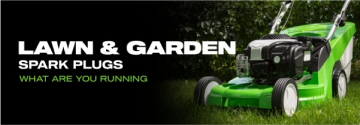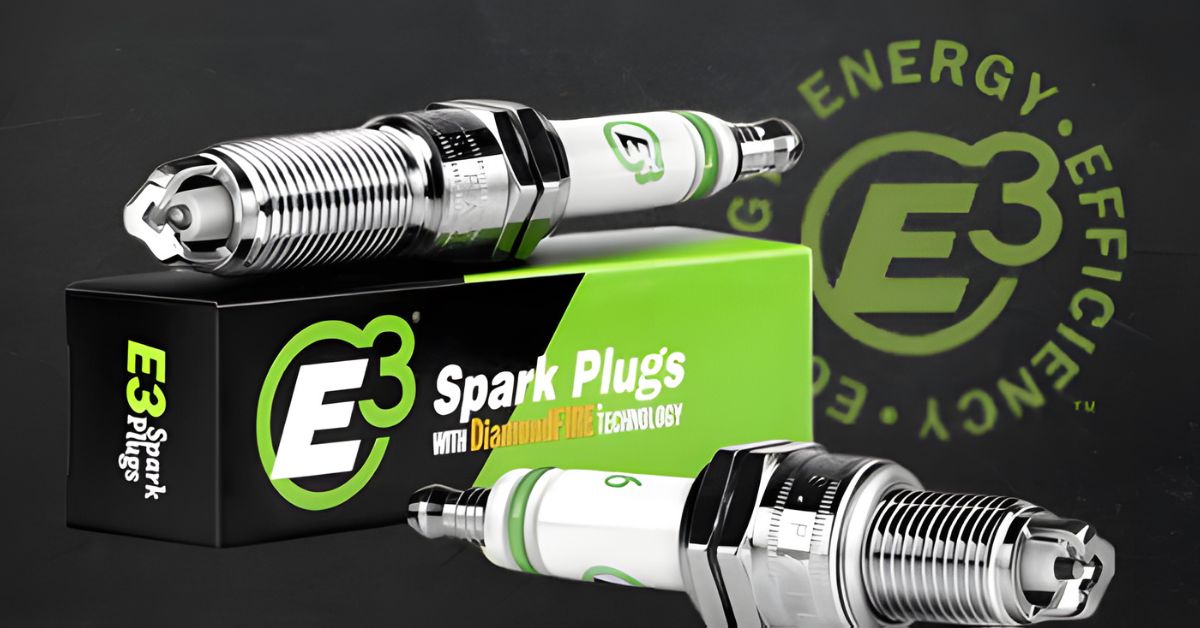
Every car enthusiast knows the importance of maintaining a vehicle's engine, but how often do we think about the small but crucial components that keep it running smoothly? Spark plugs might be tiny, but they play a vital role in ensuring your car's engine operates efficiently.
If your spark plugs wear out, you need to replace them with plugs ideal for your car or truck. Below, our guide will explain the basics of spark plugs, signs that indicate you need new ones, and how to choose spark plugs for your vehicle.
How Spark Plugs Work
At first glance, a spark plug might seem like a simple component, but its operation is quite intricate. Spark plugs contain several components, including the terminal, insulator, ribs, threads, shell, and electrodes. When you turn the ignition key, an electrical charge travels from the ignition coil to the spark plug.
This charge passes through the plug's center electrode and jumps the gap to the ground electrode, creating a spark. The spark ignites the air-fuel mixture in the engine cylinder, causing a controlled explosion. This explosion pushes the piston down, turning the crankshaft and ultimately powering the vehicle. The timing of the spark is critical; it must occur at precisely the right moment to ensure efficient combustion.
Signs of Worn-Out Spark Plugs
Knowing when to replace your spark plugs can save you from potential engine problems and keep your car running smoothly.

Poor Performance
One of the most common signs of worn-out spark plugs is poor engine performance. You might notice that your car has difficulty starting, idles roughly, or accelerates sluggishly. These symptoms can indicate that the spark plugs are not providing the necessary spark to ignite the air-fuel mixture efficiently.
Decreased Fuel Economy
Another sign of worn-out spark plugs is a drop in fuel efficiency. If you find yourself filling up the gas tank more frequently, it could be due to inefficient combustion caused by faulty spark plugs. Spark plugs are an essential part of your vehicle’s fuel economy, so when they degrade, you’re likely to notice a drop in fuel efficiency.
Visual Wear
Lastly, visual inspection can also reveal signs of wear and points to a needed spark plug replacement. Remove the spark plugs and look for any deposits, erosion, or damage on the electrodes.
Types of Spark Plugs
Spark plugs are not a one-size-fits-all solution; there are several types to consider, each with its advantages and disadvantages.

Copper Plugs
Standard or copper spark plugs are the most basic type of spark plugs and are most common in older vehicles. While they’re useful and affordable, they tend to wear out faster than other types. If you have an older car, copper plugs may be ideal, but if you have a modern model, you should likely look elsewhere.
Platinum Plugs
Platinum spark plugs offer better performance and longevity compared to standard plugs. They have a platinum disc welded to the center electrode, which helps them last longer and provides a more consistent spark. Platinum plugs are an excellent choice for modern vehicles that require longer service intervals.
Iridium Plugs
Iridium spark plugs are a premier option and are known for their exceptional durability and performance. Iridium is a harder and more heat-resistant material than platinum, allowing these plugs to last the longest. They also provide a more efficient spark, which can improve engine performance and fuel efficiency.
E3 DiamondFIRE Plugs
Finally, consider the innovative design and technology of E3 DiamondFIRE plugs. These high-performance spark plugs feature a unique DiamondFIRE electrode design, which increases the surface area of the spark-producing electrodes. This design allows for a more efficient combustion process, resulting in improved engine power and acceleration.
Furthermore, we construct DiamondFIRE plugs with superior materials that provide enhanced durability and longevity compared to conventional spark plugs. Using E3 plugs can also contribute to better fuel economy, reduced emissions, and smoother engine operation, making them an optimal choice for performance enthusiasts and everyday drivers.
Selecting the Right Spark Plug for Your Vehicle
Now that our guide has explained the many different spark plugs, how do you choose the right ones for your vehicle?
Driving Habits
Your driving habits play a crucial role in choosing the right spark plug. If you frequently drive in stop-and-go traffic or use your vehicle for short trips, you might benefit from premium spark plugs that offer superior performance and longevity. On the other hand, if you have an older car and prefer a budget-friendly option, standard or platinum plugs might be sufficient.
Engine Specifications
It's also essential to match the spark plug to your engine's specifications, such as the heat range and gap size. Using the correct heat range ensures that the spark plug can dissipate heat effectively, preventing engine knocking and pre-ignition. The gap size affects the spark's ability to ignite the air-fuel mixture, so it's crucial to use plugs with the correct gap for your engine.
DIY Guide to Replacing Spark Plugs
Prepare Tools and Equipment
First, gather the necessary tools, including a spark plug socket, ratchet, extension, and torque wrench. You'll also need the new spark plugs and some anti-seize lubricant for the threads.
Locate and Disconnect Plugs
Start by locating the spark plugs in your engine. They are usually found on the top or side of the engine, connected to thick ignition wires. Carefully disconnect the ignition wires by pulling on the boots, not the wires themselves, to avoid damage.
Remove Old Plugs
Next, use the spark plug socket and ratchet to remove the old spark plugs. Turn them counterclockwise until they come out. Once removed, inspect the old plugs for any signs of wear or damage and compare them to the new ones to ensure compatibility.
Lube and Thread New Plugs
Apply a small amount of anti-seize lubricant to the threads of the new spark plugs to prevent them from seizing in the engine. Thread the new plugs into the engine by hand to avoid cross-threading, then tighten them with the spark plug socket and ratchet.
Use the torque wrench to tighten them to the manufacturer's specified torque setting. Reconnect the ignition wires, ensuring they are securely attached to the new spark plugs. Double-check that everything is in place, then start the engine to ensure it's running smoothly.
Best Practices for Maintaining Spark Plugs: Tips to Extend the Life of Your New Plugs
Regular Inspections
One of the easiest ways to maintain your spark plugs is to perform regular inspections. Check them for signs of wear, deposits, or damage every 10,000 to 20,000 miles, depending on your vehicle and driving habits.
Use Premium Fuel
Using high-quality fuel and keeping your engine well-tuned can also help maintain your spark plugs. Poor-quality fuel can lead to deposits on the spark plugs, reducing their efficiency.
Find High-Quality Spark Plugs at E3 Spark Plugs
We hope our guide has helped you decide which spark plugs are ideal for your car or truck and will help you as you install and care for your new plugs. If you ever need new spark plugs, whether they’re for your everyday vehicle, race car, boat, or even lawnmower, consider E3 Spark Plugs and our innovative DiamondFIRE technology!







